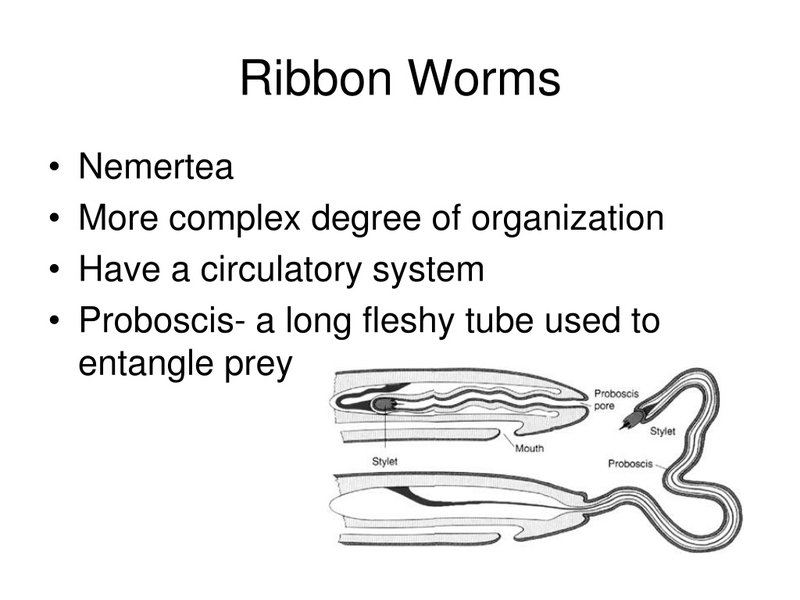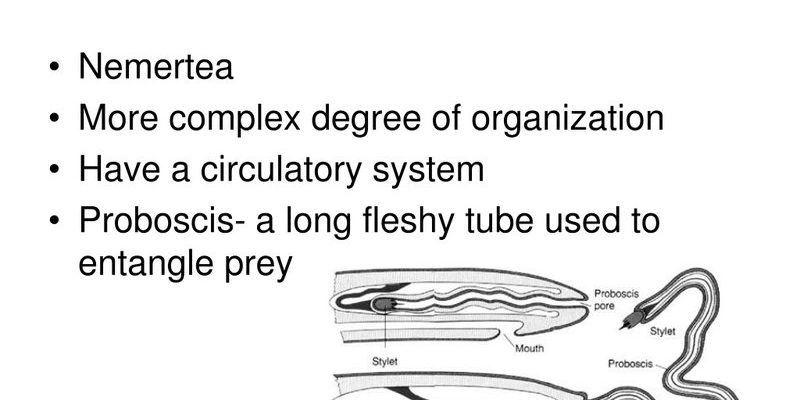
Ribbon worms, or *Nemertea*, are remarkable beings that often slip under the radar, despite having some pretty cool adaptations. They inhabit a variety of environments—from sandy seabeds to rocky shores—showing off their incredible ability to adapt. It’s this unique usage of mucus that plays a key role in how these worms not only survive but thrive in their often harsh surroundings.
The Role of Mucus in Movement
Let’s dive into how ribbon worms utilize mucus for movement. Picture moving through water like you’re swimming in a pool of jelly. Ribbon worms secrete a slippery layer of mucus that covers their bodies, reducing friction as they glide through their watery homes. This *mucus layer* allows them to travel effortlessly along surfaces like the ocean floor.
When a ribbon worm wants to move, it contracts its muscles, causing the body to stretch out and crawl forward. The mucus acts like a lubricant, making this motion smoother and preventing the worm from getting stuck. Honestly, without this slick secretion, ribbon worms would struggle to navigate their environments and find food.
How Movement Works
So, how exactly does movement work for these slippery critters? It involves a combination of muscular contractions and mucus production. Ribbon worms have a unique type of muscle tissue that allows them to elongate and contract their bodies, which is critical for locomotion.
1. Muscular Contraction: When the worm contracts its muscles, it shortens its body.
2. Mucus Secretion: As it moves, it releases a thin layer of mucus.
3. Gliding Action: The mucus helps reduce friction, letting the worm glide along smoothly.
This combination enables ribbon worms to efficiently traverse through various aquatic environments, whether they need to find food or escape from predators.
Defense Mechanisms of Ribbon Worms
You might be wondering how ribbon worms protect themselves. Just like a turtle can retreat into its shell when danger approaches, ribbon worms rely on their mucus in a surprising way. When threatened, they can release larger quantities of mucus, creating a thick, protective layer around themselves. This not only helps to confuse predators but can also make the worm slippery and hard to catch.
The mucus contains chemicals that can deter potential attackers, acting as a barrier against harmful bacteria and parasites. Some species even produce toxins within their mucus that can harm or kill predators. It’s like having an invisible shield that provides protection without taking up any space!
Mucus as a Camouflage
Beyond acting as a defense mechanism, mucus can also serve as camouflage. When ribbon worms are covered in mucus, they can blend into their surroundings, making it harder for predators to spot them. This natural disguise allows them to escape notice and survive in environments where they might otherwise be easy prey.
1. Thick Mucus Layer: This allows them to blend in with their surroundings.
2. Color and Texture Matching: The mucus can mimic the colors and textures of the ocean floor.
3. Distraction: Some species’ mucus can create a cloud in the water, distracting predators.
Being able to slip away unnoticed is just one more reason why the ribbon worm’s use of mucus is so fascinating.
Feeding Adaptations Involving Mucus
Another intriguing aspect is the role of mucus in feeding. Ribbon worms are carnivorous and can consume prey much larger than themselves, including small fish and invertebrates. Their mucus plays a vital part in this process as well.
When a ribbon worm spots prey, it can extend its body and use its sticky mucus to ensnare the unsuspecting victim. The mucus’s adhesive properties allow the worm to grip onto its prey tightly, making it easier to consume.
Mucus and Prey Capture
1. Sticky Mucus: The mucus has a high stickiness level, which is perfect for capturing prey.
2. Extended Proboscis: Some species of ribbon worms have a specialized feeding structure that shoots out quickly to grab prey.
3. Digestive Enzymes: The mucus can contain enzymes that start breaking down the prey even before it enters the worm’s body.
This method of feeding highlights the multifunctional role of mucus in the lives of ribbon worms.
Environmental Factors Influencing Mucus Production
The amount and type of mucus a ribbon worm produces can also depend on environmental factors. Changes in water temperature, salinity, and even the presence of potential threats can significantly influence how much mucus is secreted.
For instance, warmer water temperatures can lead to an increase in metabolic activity, prompting the worm to produce more mucus. Conversely, if a ribbon worm is in a turbulent environment with many predators, it might double down and create a thick mucus layer for extra protection.
– Shallow Waters: In shallower environments, where light penetrates easily, ribbon worms might use more vivid colors in their mucus to blend in better with the sandy or rocky substrate.
– Deep Waters: In darker, deeper waters, their mucus might be more muted, focusing on the slippery aspect to aid in movement and defense.
These adaptations ensure that ribbon worms can thrive in a variety of environments, showcasing their incredible resilience and flexibility.
In summary, ribbon worms are astonishing creatures that expertly use mucus for movement and defense. Their unique adaptations allow them to thrive in numerous aquatic environments, ensuring they can capture prey and evade predators. By understanding how these worms utilize mucus, we gain a deeper appreciation for the complexity of life under the sea.
So, the next time you see a slimy creature gliding through the water, remember there’s a lot more going on than meets the eye. Their fascinating relationship with mucus makes them one of nature’s unsung heroes, showcasing the amazing ways life has adapted on our planet.

